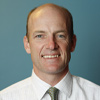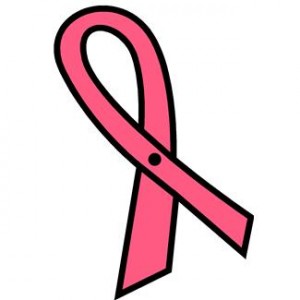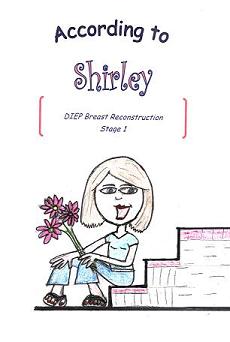 The below question is answered by Charleston breast surgeon Dr. James Craigie of The Center for Natural Breast Reconstruction.
The below question is answered by Charleston breast surgeon Dr. James Craigie of The Center for Natural Breast Reconstruction.
What is the usual process for handling infections with breast reconstruction when tissue expanders are used?
Infections can occur following any type of surgery. The risk of getting an infection after breast reconstruction is low because the immune system can help defend the body from bacteria if they have invaded and are trying to multiply. Antibiotics can also be used, specifically to fight different types of bacteria, following certain surgical procedures. These antibiotics are sometimes given preventively.
When an infection does occur it is because the defense mechanisms have been compromised and the invading bacteria grow. Specifically with implants the bacteria may enter through a wound healing problem. They attach to the implant shell and hide from the bloodstream that normally delivers the body’s immune response, as well as antibiotics.
The management of this type of infection is difficult and almost always requires removing the implant. When the infection resolves and the area is healthy, then it is possible to restart the process. Usually it is 3 to 6 months before it is safe to try another implant. It is occasionally possible to save the implant when the infection has been caught early and treated with antibiotics and surgery to wash the implant pocket and to put a new one in. This approach usually involves antibiotics for a long time and uncertainty about recurrence of the infection weeks or months later when the powerful antibiotics have been discontinued.
It is important to realize that the antibiotics may resolve the outward signs of infection at first, but it only takes the surviving bacteria hiding on the implant to restart the infection when the antibiotics have been discontinued. With each new infection the bacteria may become more difficult to control because of resistance to the antibiotics. At this point, it is usually my advice to consider a new option for breast reconstruction that does not involve an implant. Usually the skin and fat can be transferred from the tummy, buttock or thighs. This can be done without sacrificing any of the important muscles. In my practice, 30 % of my patients have had problems with implants and we can successfully replace implant problems with healthy tissue and obtain a permanent natural result.














